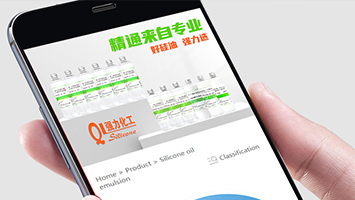Release paper is used in many industries today. How can we choose a more suitable release paper?Today, the editor will discuss with you some common problems and how to prevent and solve them.This section is dedicated to explaining the causes of these common problems and providing some suggestions for avoiding or correcting them.
The first point is film reverse transfer
Film reverse transfer occurs when the adhesive is not on the correct side of the substrate; poor unwinding occurs due to peeling of the adhesive.Film reverse transfer may be caused by adhesive bleed, uneven moisture content, improper winding tension, insufficient curing, or a release material that does not have a wide enough range of release forces.
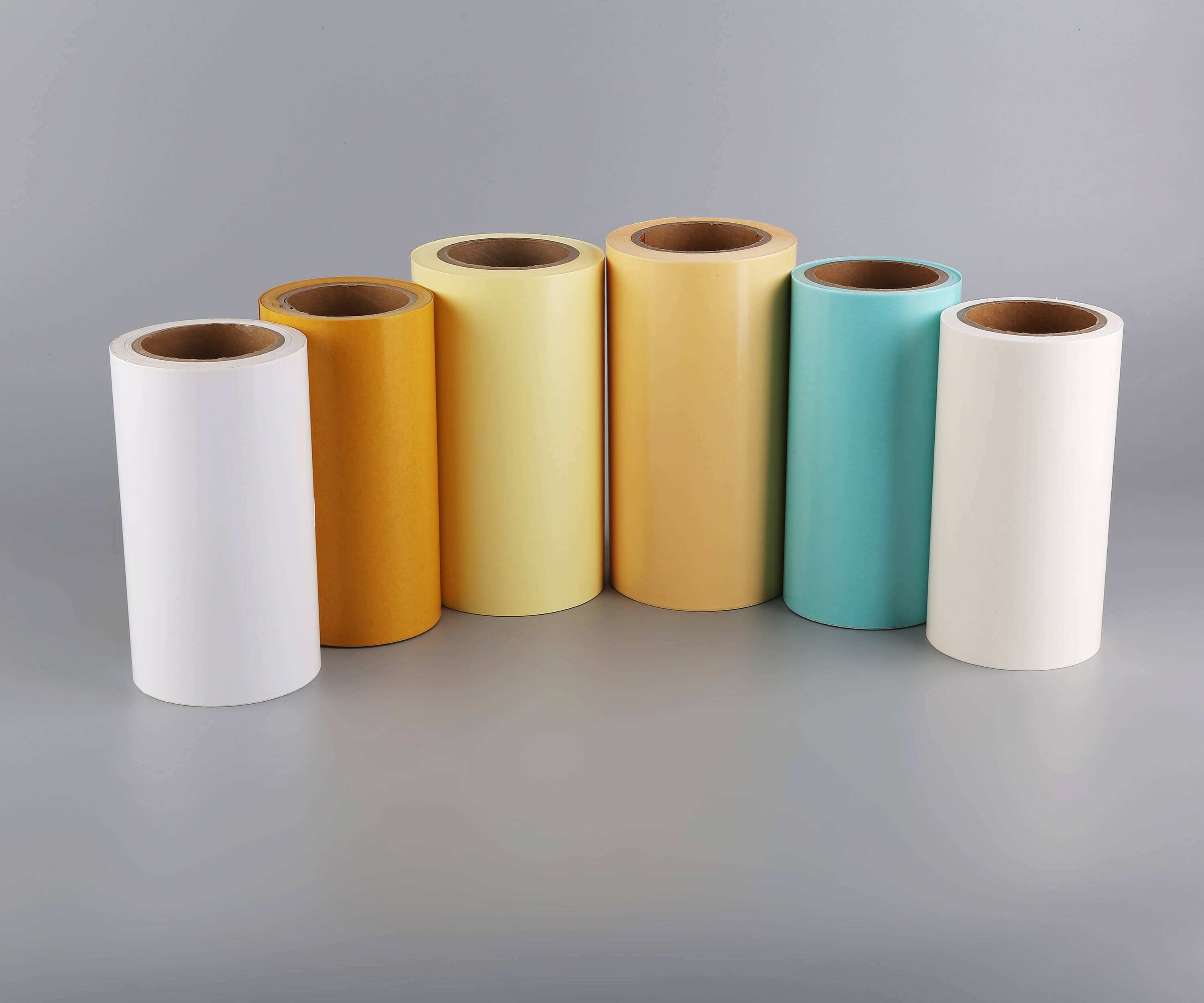
Second point, blistering/blistering
Blistering is a destructive phenomenon that occurs on the surface of substrates, laminate coatings, adhesive coatings, etc.Foaming usually occurs when a liquid, such as water or an organic solvent, or a gas, such as air, expands faster than the entire system can dissipate its increased volume and pressure.For example, when double-sided PEK release paper is heated to an excessively high temperature, the PE will soften. When the vapor pressure of the moisture in the paper is high enough, bubbles will form in the PE, also to release the pressure.
Bubbles can be caused by:
- Overheating
- Restricted penetration/dissipation of liquid/vapor components of the system
- Evaporation of solvent or water The following practices can minimize bubbles
- Lower the maximum temperature
- Reduce the heating rate
- Use vents and water vents Release material with better performance
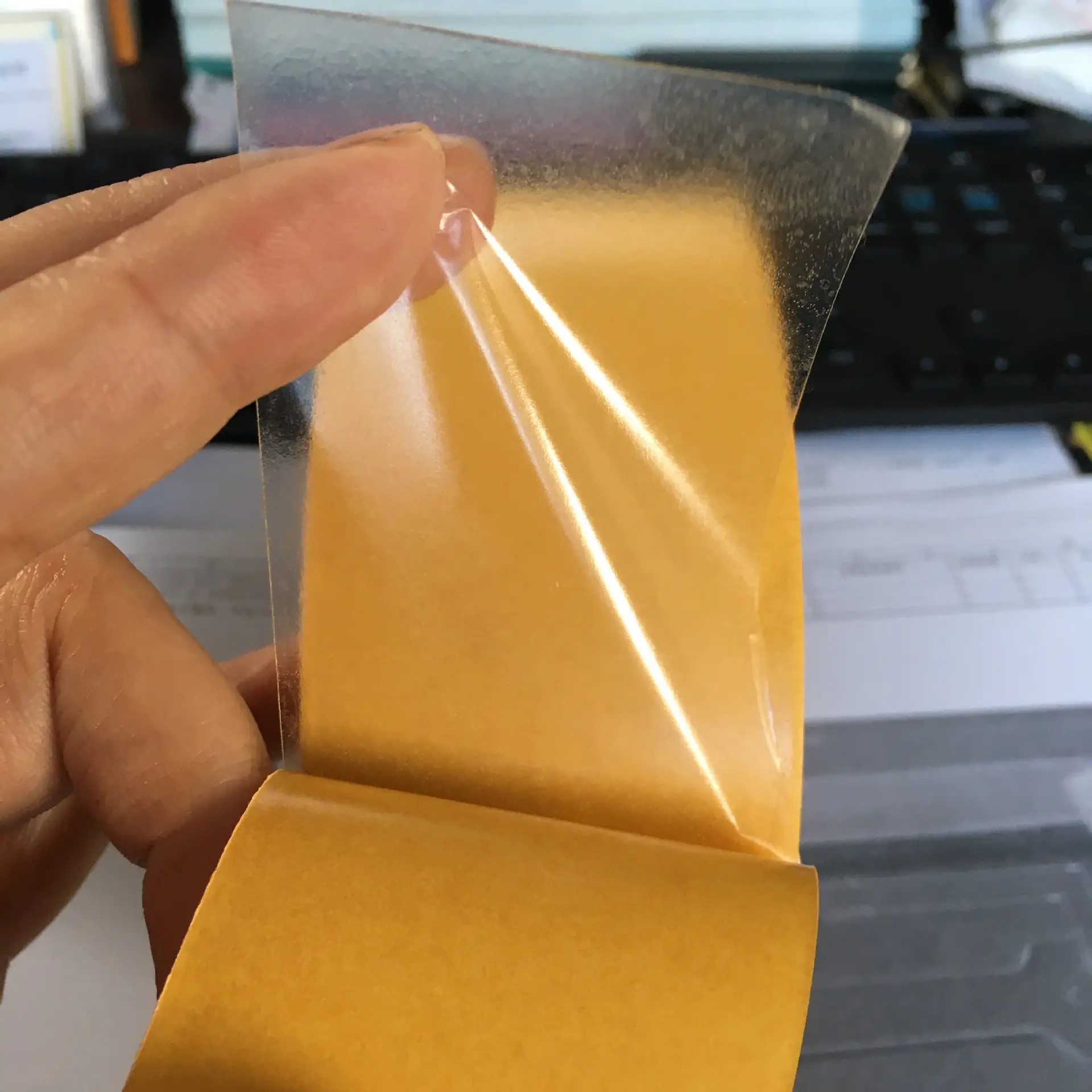
Point3 adhesion
Adhesion has often occurred when the layers of release material are fused together, making it difficult to unwind without damaging the paper or using high unwind tension.Sticking may occur only in certain parts of the paper, such as edges, or throughout the paper, and can be caused by many different mechanisms.
- Insufficient curing of silicone oil - Uneven moisture content - Excessive winding tension - Chemical contamination - Insufficient release force
This can be prevented in many different ways:- Increase the degree of cure - Reduce ambient humidity, improve storage conditions - Reduce tension by reducing roller pressure, increasing winding tension taper or reducing torque Many people also use noise as an indicator of sticking.This method is highly subjective and does not determine adhesion due to the inherent "non-slip" or "adhesive" properties of some coatings when touched.
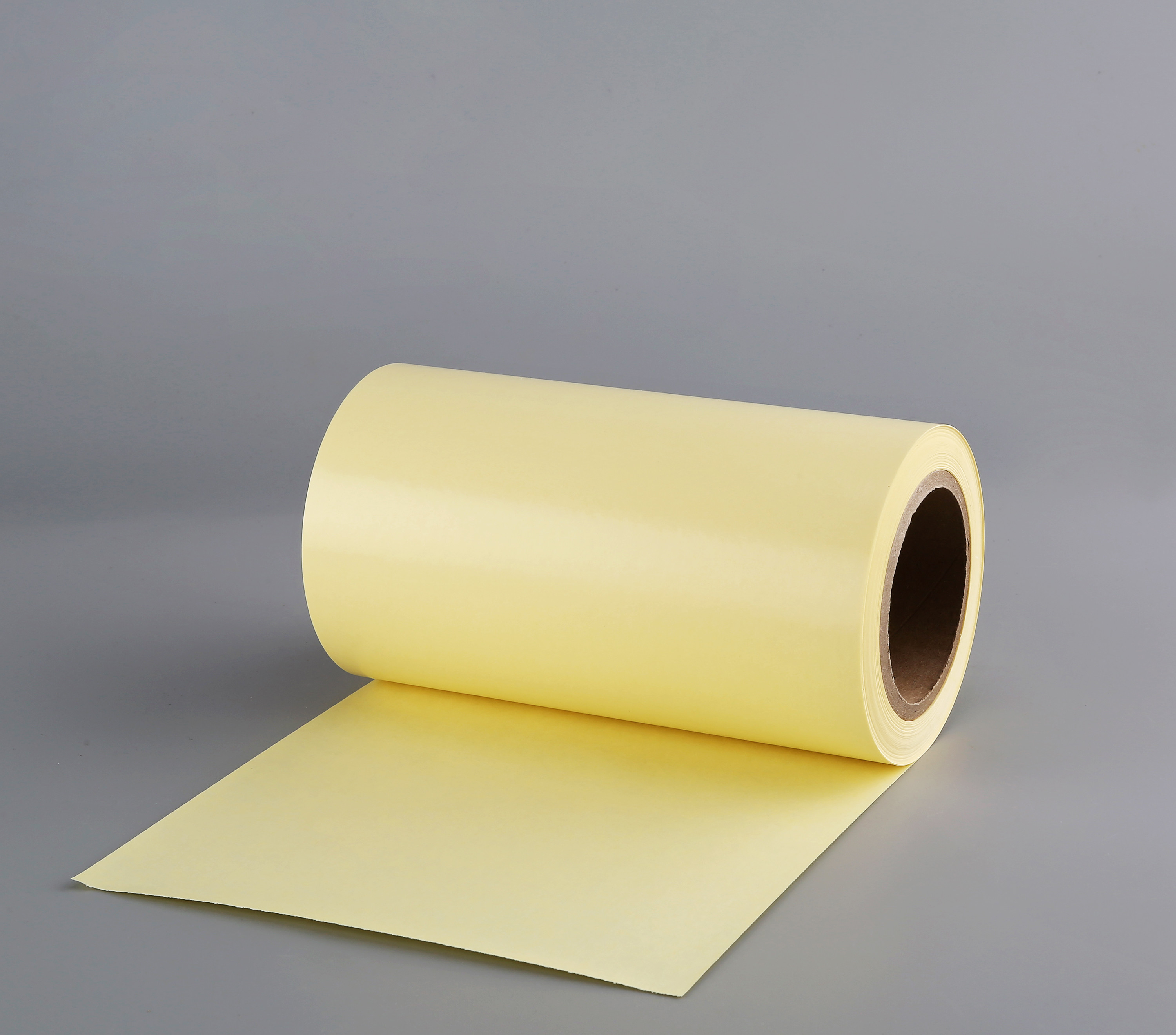
Point4, delamination
Delamination occurs when layers that are mechanically or chemically bonded together separate at the interface.Delamination may occur at the interface between PE and paper or at the interface between adhesive and silicone oil.Often delamination is a matter of materials and interfaces.For example, the delamination of PEK coated release paper is due to poor surface treatment before PE coating.Adhesive delamination may be caused by silicone oil peeling off too easily.
Delamination can be caused by: - Improper flame or chemical surface treatment.- Poor internal bonding - Poor internal bonding between fibers - Improper release force of silicone oil coating (too light)
Delamination can be corrected by: - Improved surface treatment - Improved internal bonding of the substrate - Increased Release force of silicone oil coating
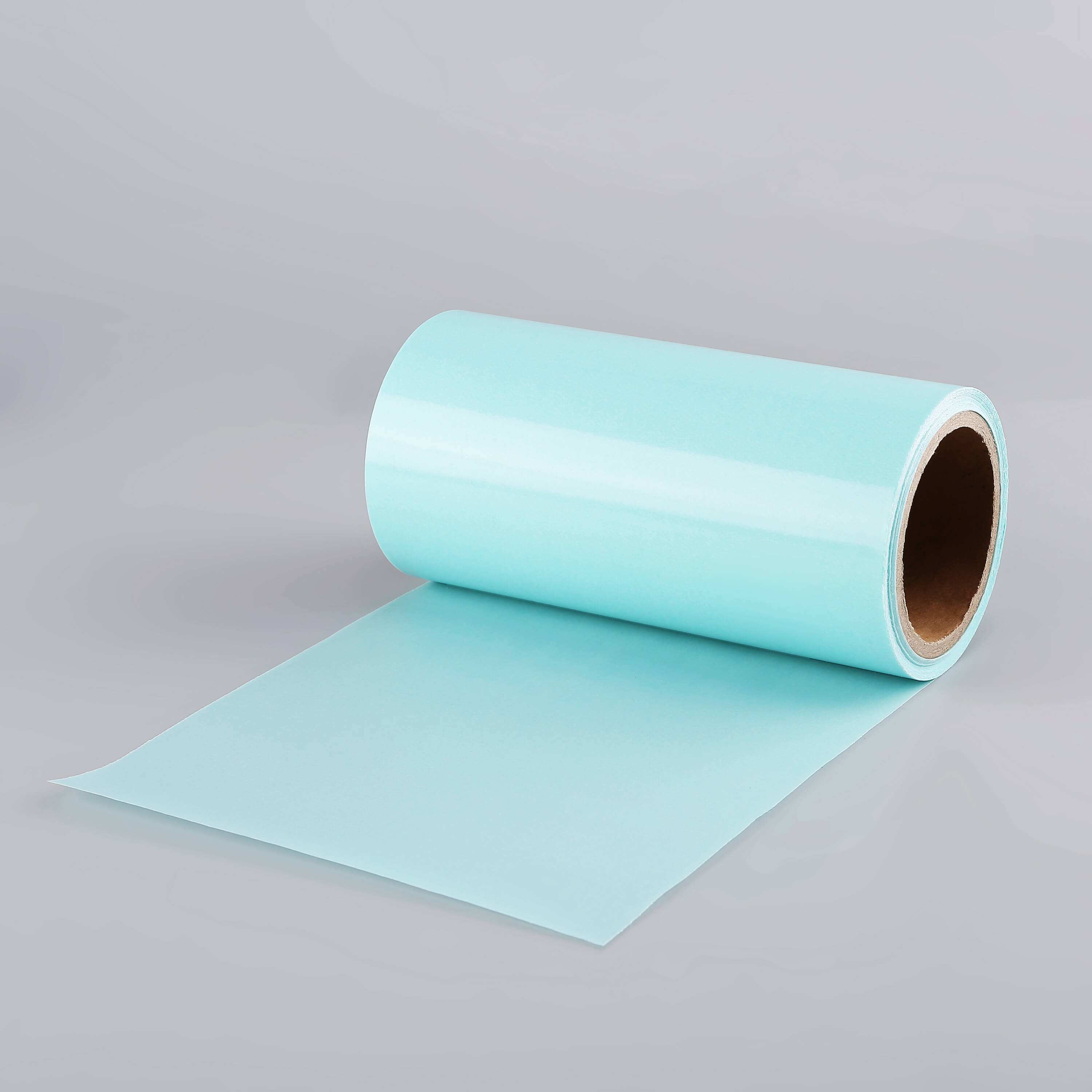
Fifth point, dimensional stability
Dimensional stability refers to the ability of a material to resist dimensional changes when exposed to external forces such as moisture, high temperatures, or physical stress.All materials undergo some dimensional changes when exposed to these external forces.The problem is how to control the degree of change to ensure that the quality of the product is not affected during processing and use.For paper, moisture gain and loss changes are a major issue.It can cause curling, curling or poor flatness of the paper.The dimensional stability of paper is controlled by many factors.Among them are fiber type and percentage, degree of refining, bonding between fibers, filler content, sizing type and amount, fiber direction, drying process, sheet density and construction.The subsequent processing also affects the dimensional stability of the release paper.Dimensional stability is also a factor for release films.However, it is caused by thermal stress.Exposing the release film to high temperature, especially under tens.
Factors affecting dimensional stability are: - Changes in humidity - Initial moisture content of the paper during production - Percentage and type of pulp - Drying process of the paper - Fiber freeness - Filler content - Sheet density and texture.
Point 6: Poor sagging of film and paper
When the tension of the substrate on the paper surface is uneven, poor sagging of the paper/film will occur.Because the length of the increment belt on the entire paper surface is not equal, different levels of tension appear.The sagging of film and paper is a characteristic that occurs during the processing of the base material.Membranes can be cooled to alleviate or minimize sagging.
The causes of poor sagging are as follows: - Uneven surface thickness - Too tight winding - Uneven thickness of surface winding - Improper stretching - Improper drying.
Corrective remedies include the following: - Reduce thickness Differences - Use sliding shaft mode for rewinding - Adjust stretcher for even paper tension - Reduce oven temperature gradient.
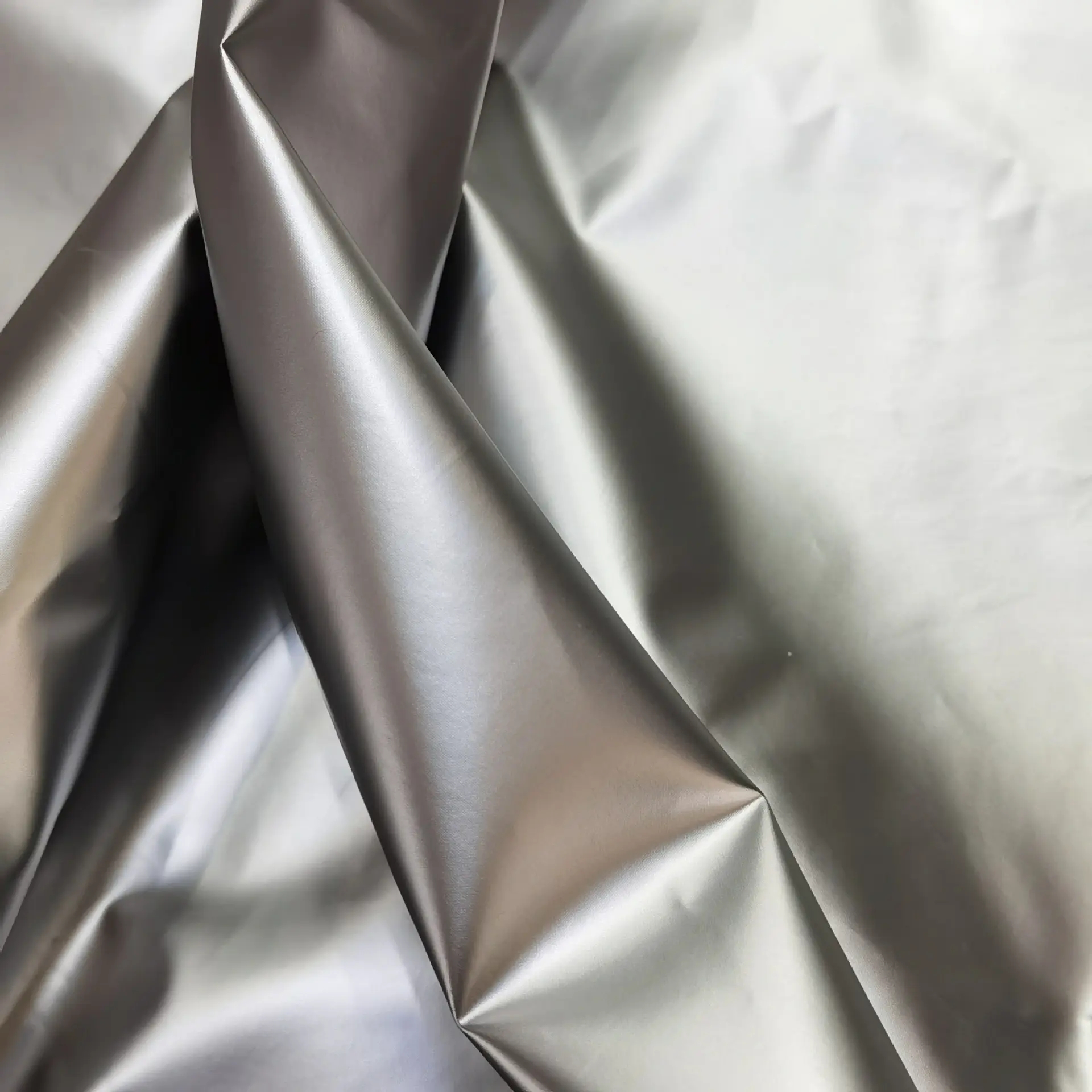
Point 7, flatness
Flatness is generally considered to be the ability of a release liner or finished structure to resist curling when humidity changes.This is fundamentally related to the dimensional stability of the release paper.However, other factors such as improper tension during lamination, shrinkage of the face stock, exposure to high temperatures or roller settings can cause curl or flatness issues.
Flatness can be optimized by: - Using release paper with high dimensional stability - Appropriate machine tension when laminating - Minimizing shrinkage of the face stock - Avoiding exposure to high temperatures.
Point 8, moisture wrinkles
Most paper is made from fiber pulp dispersed in water.Most of the water is removed during the manufacturing process.However, paper retains the ability to absorb or lose large amounts of moisture during additional handling or storage.Water absorption often results in moisture wrinkling, particularly in the outer portion of a roll or paper-based product.Kaolin coated paper, super calendered kraft paper and PE coated paper will lose or absorb moisture during thermal processing or storage if not packaged properly.Paper with a low moisture content absorbs moisture very quickly, often leaving moisture wrinkles in the outer layer as a result.Remoistening the paper after the thermal processing step will minimize the possibility of wrinkling due to subsequent moisture uptake.Proper moisture-proof packaging and storage conditions are also important.
Moisture wrinkling can be caused by: - Excessive drying of the paper during handling - Prolonged exposure to low humidity - Prolonged exposure to very high humidity.
The following methods can minimize or even eliminate these effects. : - Rehumidify the paper roll after thermal processing - Control the storage environment and use moisture-proof packaging.
Point 9, scratches
Scratches are physical wear and tear on the surface of the release material due to contact with a harder surface and uneven material.Scratching occurs when line speed and surface finish do not match.As a result, damage occurs to softer surfaces, usually coatings or substrate surfaces.Scratches may also occur when the machine slides longitudinally or laterally due to uneven tension throughout the process.Proper roll alignment and tension control are necessary during processing.
Scratches are caused by: - Differences in line speed and substrate speed - Large and rapid changes in surface topography - Idler misalignment and incorrect tension setting.
Scratches can be eliminated by: - paper speed matching idler speed - uniform surface topography - uniform paper tension throughout the process - good machine benchmarks.
Point 10, silicone oil transfer
Silicone oil transfer is the transfer of silicone oil coating from one surface to another.This transfer is usually caused by non-reactive ingredients in the silicone oil coating or insufficient silicone oil curing.Silicone oil transfer usually occurs on the back side of the substrate or on the adhesive surface.The transfer can be detected through changes in surface energy on the back side of the substrate.Photoelectron spectroscopy analysis testing (ESCA) and subsequent adhesion testing to metal plates are additional methods to determine the transfer of silicone oil to the adhesive.
Silicone oil transfer is caused by: - Insufficient curing of the silicone oil - Excessive or insufficient surface preparation - Excessive winding pressure - Non-reactive silicone polymer.
The following methods can reduce silicone oil transfer: - Enhance the curing level of silicone oil - Make sure the surface energy of the coating is sufficient; the surface energy level should not be too high - Reduce the winding tension.
Point 11, static electricity
Static electricity refers to the accumulation of static charges on the surface of a substrate.They can be either positive or negative.Static electricity is produced when two different surfaces are pulled apart (triboelectric effect), thereby transferring charge from one surface to the other.Pressure, friction, linear velocity, humidity, and surface smoothness all affect the magnitude of electron generation and transport.If static control equipment is not used during processing, roll surface voltage can often exceed 50,000 volts.Corona discharge occurs at potential levels of 4,000 volts or less based on the distance between charges.Therefore, if the line potential is not reduced to an acceptable level, there is a physical hazard to both the operator and the equipment.Corona discharge also affects the moisture content and continuity of the coating.If it is coated with silicone oil, poor release may occur.
Static electricity can be controlled by: - Placing the substrate surface as close as possible to the static elimination device - Increasing humidity levels (surface moisture) - Using passive and air-assisted ionization rods and blowers.
Point 12, folds
Wrinkles are defined as the transverse folds of paper.Folding occurs due to uneven tension distribution and failure of lateral edge correction.Typically, wrinkles are divided into hard wrinkles and soft wrinkles.The effect of pleating is application specific.
The main causes of wrinkling are: - Insufficient cross machine tension.- Loss of traction between paper and idler - Poor machine reference - Poor substrate sagging.
Corrective measures for the above problems are: - Apply a stretch roller - Improve the edge guide device to keep the paper even - Check the machine datum, optical alignment is necessary.
Finally, how to choose release paper
1. Features of the prepared products: The most commonly used tapes in China are South Korea's Sanzhi, Japan's Nitto, and the United States' SanM, etc.Because different tapes have different glue properties.This determines what we should consider when choosing silicone paper.
2. Cost: There is a big difference between domestic and imported silicone paper. Generally speaking, the quality of domestic silicone paper is not very good.Especially for Beisam's tapes and Nitto's tapes, the surface is often foggy or the release degree is too low, making it impossible to tear the yellow silicone paper and the product well.It’s just that domestic silicone paper is definitely cheaper than imported ones.And there is a relatively large price ratio.If you consider that the company's products are for export, it is of course best to use imported silicone paper, which will go more smoothly through customs.Due to the characteristics of domestic silicone paper production equipment and production level.This determines the instability of domestic silicone paper in certain products, and the serious consequence is that it will cause a waste of tape.
3. Production process: The focus here is whether stamping or cutting is required. Generally, when stamping or cutting is involved, the thickness of the silicone oil paper will be required, because low-gram weight silicone oil release paper is not easy to break when used for stamping. Of course, This is also related to the fragility of the backing paper. A backing paper with poor fragility will tear the paper and product apart during stamping or cutting.The ideal or desired effect cannot be achieved.
4. Usage: This is mainly reflected in the fact that some products only need to maintain the balance of the product during transportation, so it will require that the product is not easy to fall when combined with the silicone release paper.


